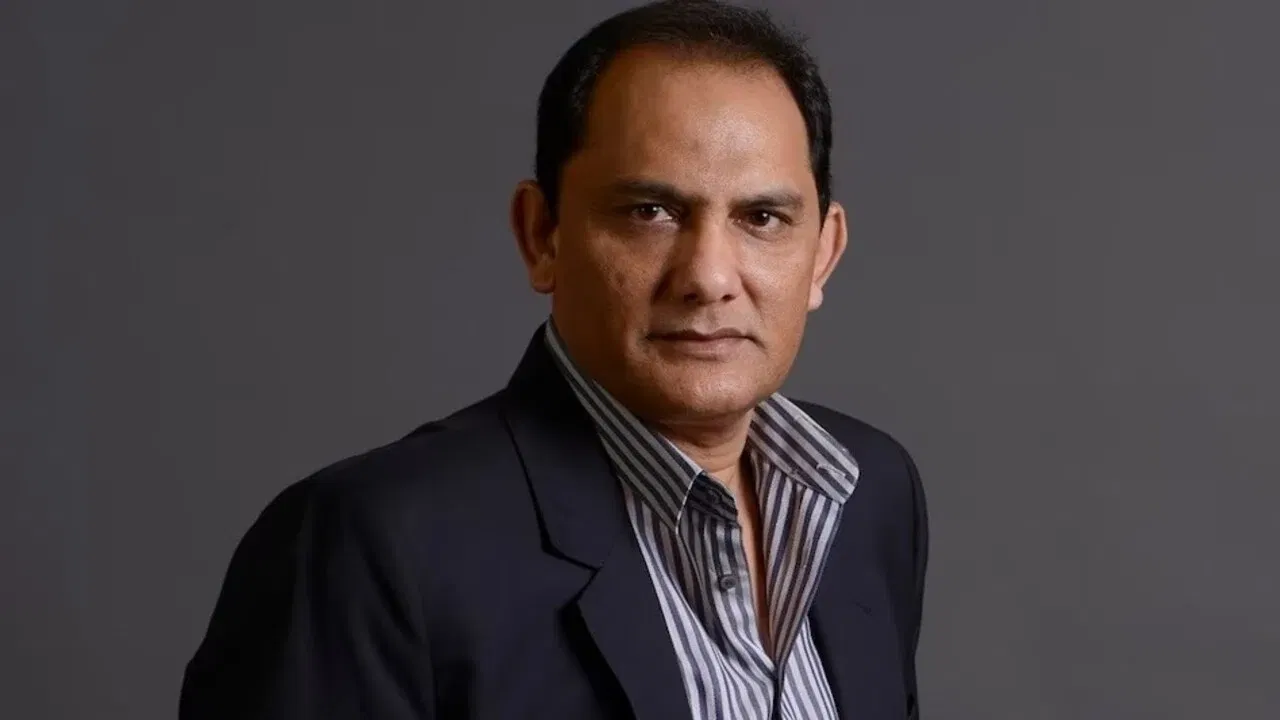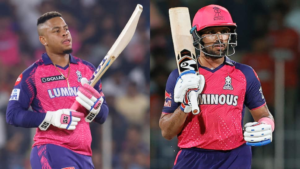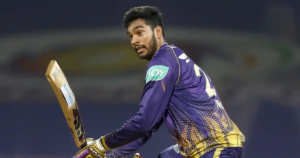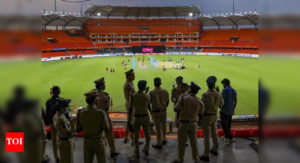Over half of IPL 2025 matches were in 'Danger Zone'? How climate change is threatening cricket – theweek.in
Cricket’s climate crisis is critically impacting the sport, with a recent report highlighting that over half of 2025 IPL matches were played in ‘Extreme Caution’ or ‘Danger’ heat conditions, posing significant risks to players and the game’s future
‘Hit for Six: The Danger Zone’, an analysis of the 2025 Indian Premier League (IPL), has revealed that half of this edition’s matches were played in conditions classified as ‘Extreme Caution’ or ‘Danger’ on the Heat Index, a measure that combines air temperature and humidity to assess heat related risk.
The report, put out by the British Association for Sustainability in Sport (BASIS), Climate Central, Frontrunners and The Next Test Analysis highlights cricket as one of the most climate vulnerable sports uniquely exposed due to its outdoor, long-duration play in hot seasons and regions. The marked increase in hazardous heat days has put the sport in an existential crisis from frequent and severe heatwaves in addition to storms, floods, drought, and especially hazardous air quality.
In India, every prominent cricket stadium has seen a sharp rise in such days since 1970. Cities like Thiruvananthapuram, Guwahati, Mumbai, and Navi Mumbai have added between 38 to 57 annual “hazardous heat” days, with thresholds as low as 29.6°C in Mumbai and up to 40.7°C in Gwalior.
The 2025 IPL saw more than half its matches played in conditions that make heat exhaustion and even heatstroke a frequent threat. Of the countries analysed in the report, Pakistan had the highest number of days with temperatures over 37 degrees Celsius. This was followed by Australia and India with 46 such days.
Extreme heat leads to physiological and psychological impairment for players. This includes physical consequences include exhaustion, dehydration, cramps, inability to continue, and risk of heat stroke. Abilities such as decision making, reflexes, memory and concentration are all diminished. Even umpires and spectators are at increasing risk of heat-related illness.
These risks are not just limited to the big ticket matches. Children, grassroots players, and those without access to medical teams or cooling facilities face particular danger. It also documents case studies about hospitalisation, matches shortened or abandoned, and clubs struggling with finances and participation.
Air quality during the IPL 2025 never reached “Good” levels and nearly half of matches experienced “Poor” or “Unhealthy” air, raising the risk for respiratory illness, especially during intense physical activity. High-profile incidents included players wearing masks and postponements due to hazardous air in cities like Delhi and Mumbai.
Other extreme events such as flooding, storms, and hurricanes are disrupting cricket in regions from the West Indies and the UK to South Asia and Australia. Examples include matches abandoned or delayed, infrastructure damage, and entire seasons or tournaments affected or cancelled due to storms, drought, or flood events.
Weather extremes disrupt broadcast schedules, revenue flows, and deter youth and grassroots participation. Maintenance of pitches and facilities is increasingly costly and difficult, especially for less wealthy clubs and regions.
The report calls for more comprehensive national and international heat and air quality play guidelines; regular review of heat policies to match evolving climate data; investments in eco-friendly infrastructure, hydration, and education; heightened awareness, especially by players and organizations, and a reassessment of cricket’s ties to fossil fuel industries, and innovative solutions such as covered stadiums, night matches, and scheduling changes are proposed for the future.
The study concludes that climate change is already altering the way cricket is played, watched, and run at every level, from elite tournaments to local clubs, with direct testimony from players and administrators confirming these changes. The future of the game urgent adaptation and mitigation measures at every level of the sport.
Join our WhatsApp Channel to get the latest news, exclusives and videos on WhatsApp
Jagdeep Dhankhar shock exit: NDA maintains comfortable edge in vice president elections
Why is India worried about China building the world’s largest hydropower dam in Tibet?
Prime Video announces ‘Too Much with Kajol and Twinkle’; Bollywood’s queens of sass get their own talk show
Ordered from Blinkit in the last 3 months? You may have played a part in today’s Sensex, Nifty movement
India’s space station dreams: Why is it a decade away?
How a Chinese monk’s travelogue is reviving India’s Buddhist legacy
Boycott, bluetooth, teddy bear, sideburn: Fascinating origins of words, phrases
‘We need a better Central policy on maternal mental health’: Dr Geetha Desai
Evolving luxury
*Articles appearing as INFOCUS/THE WEEK FOCUS are marketing initiatives
Copyright © 2024 All rights reserved
Share this content:













Post Comment